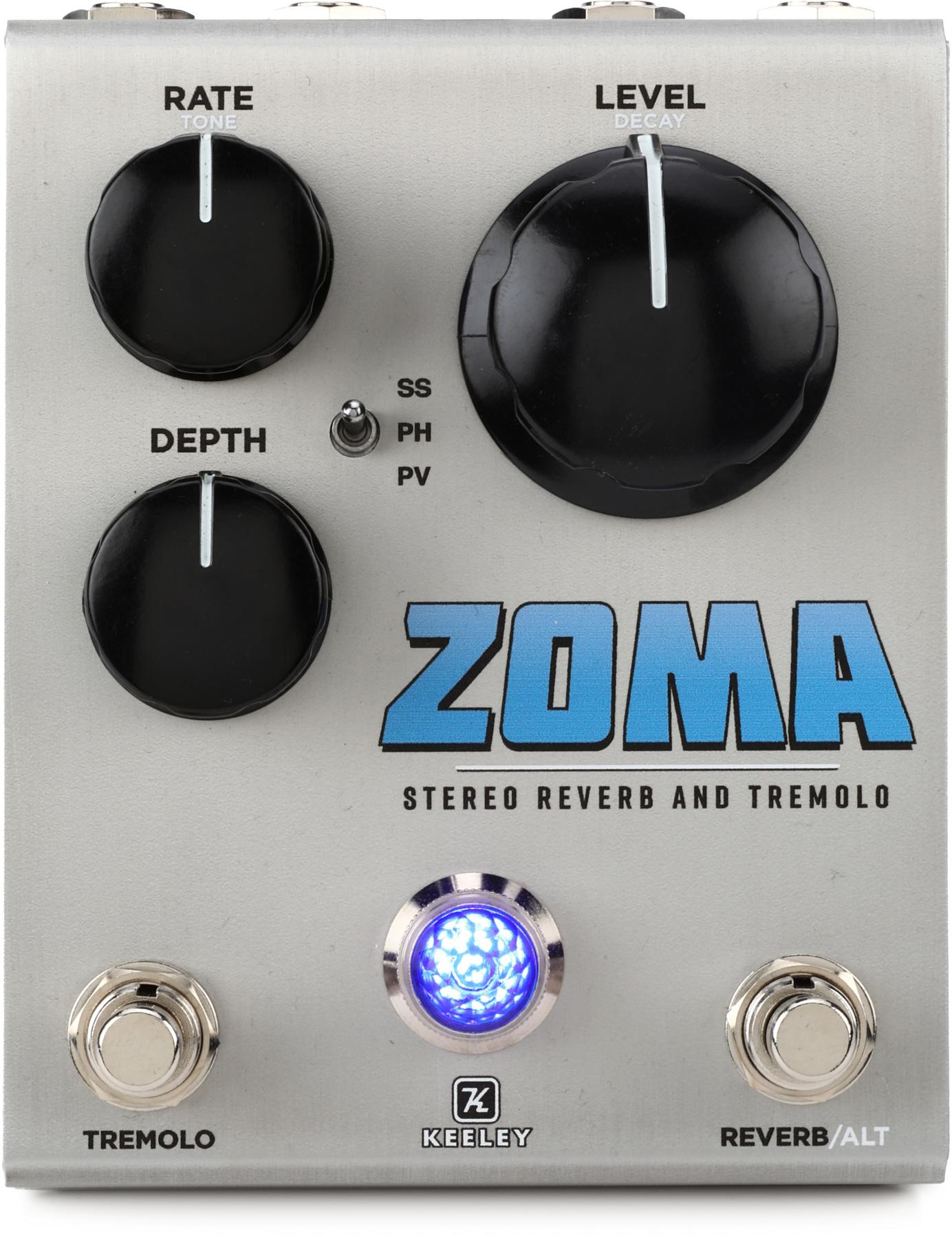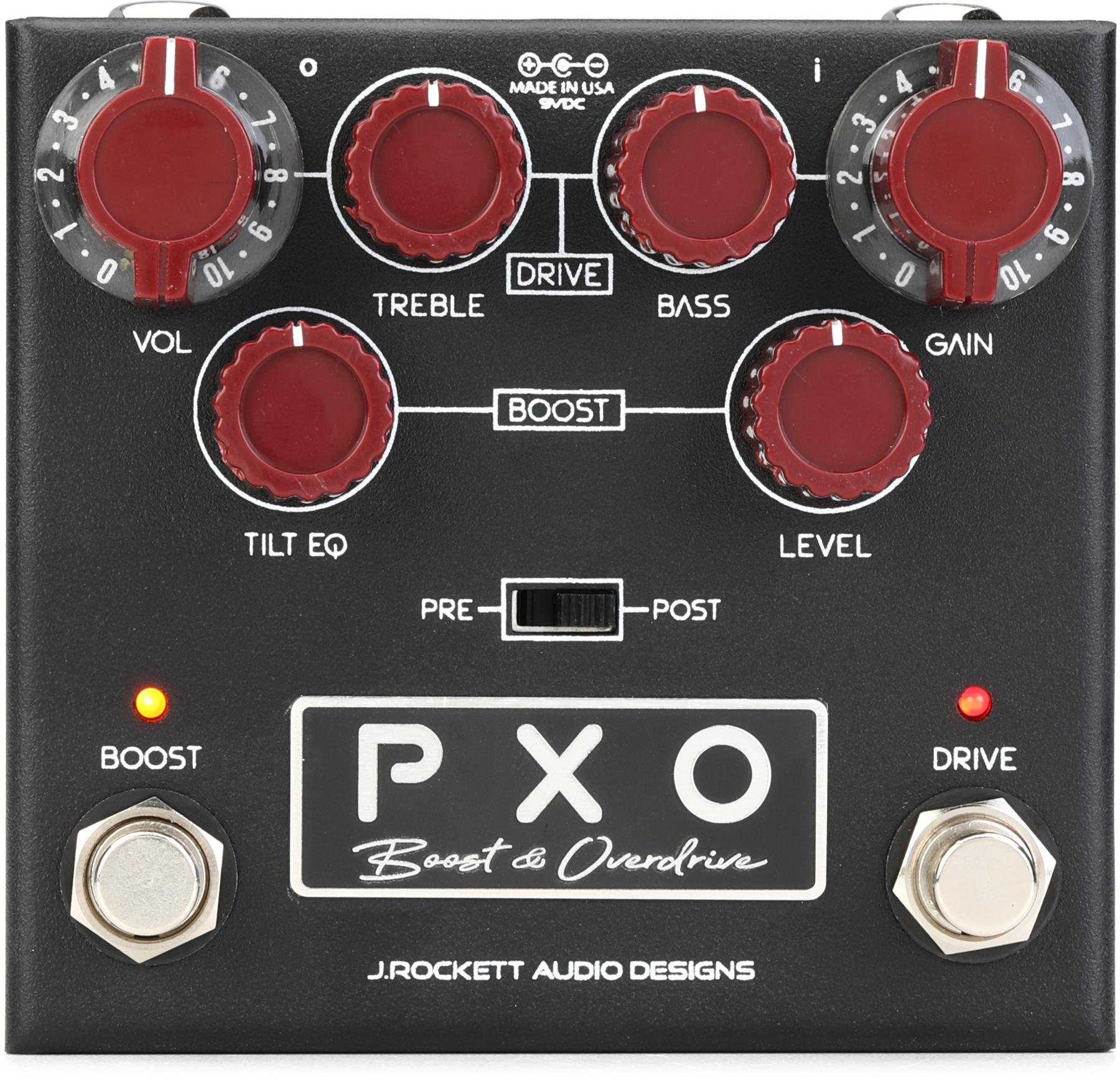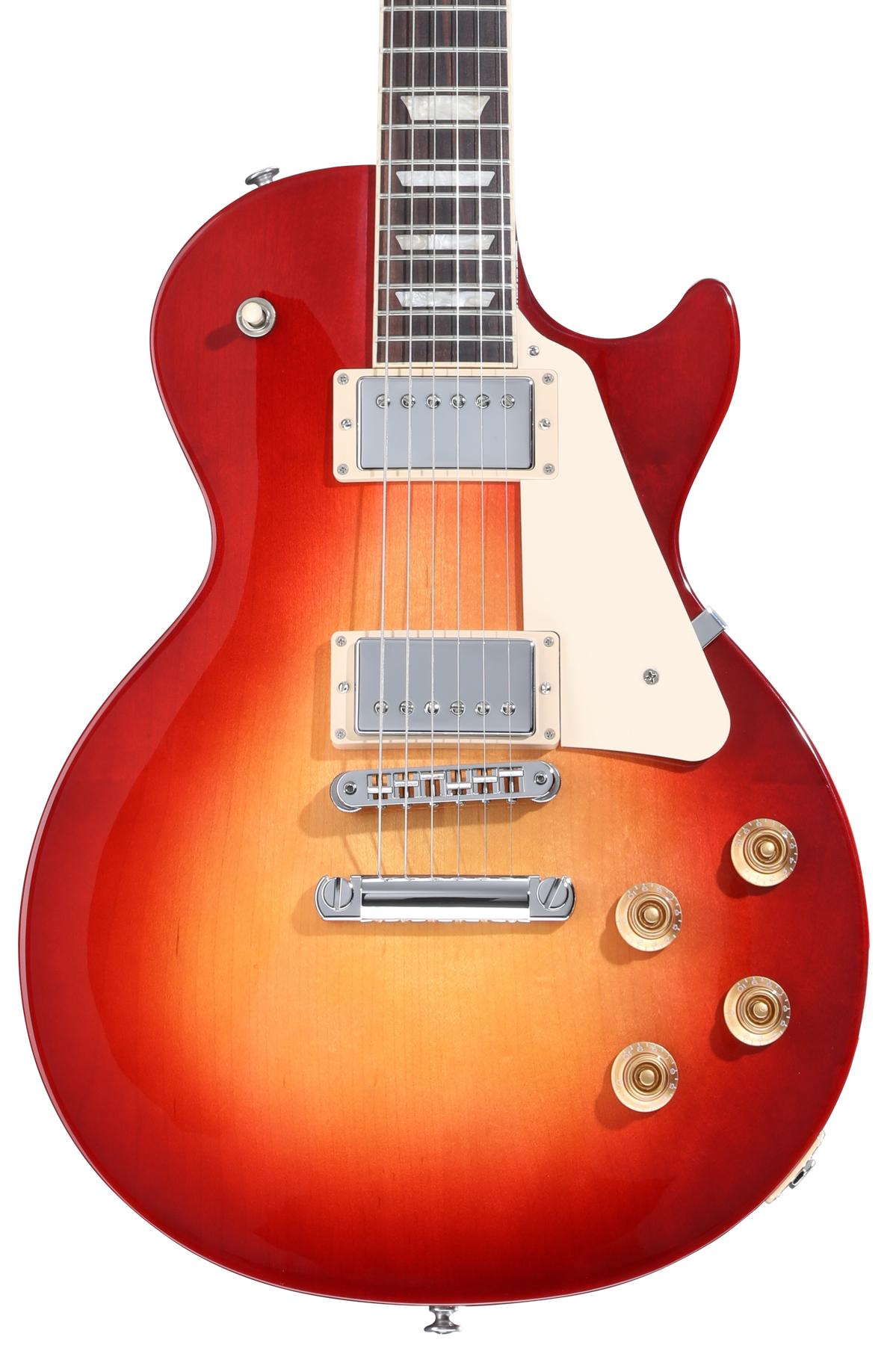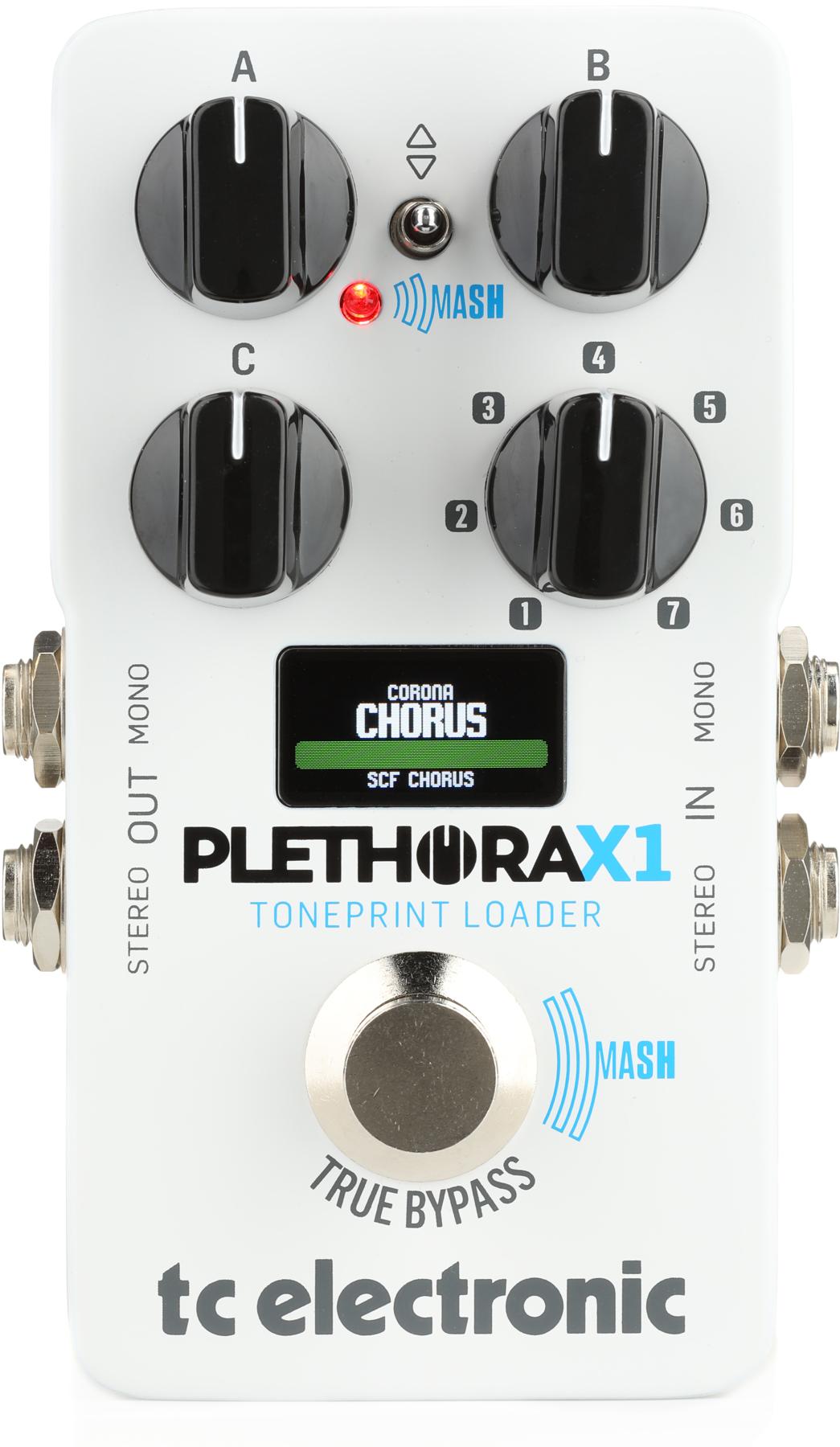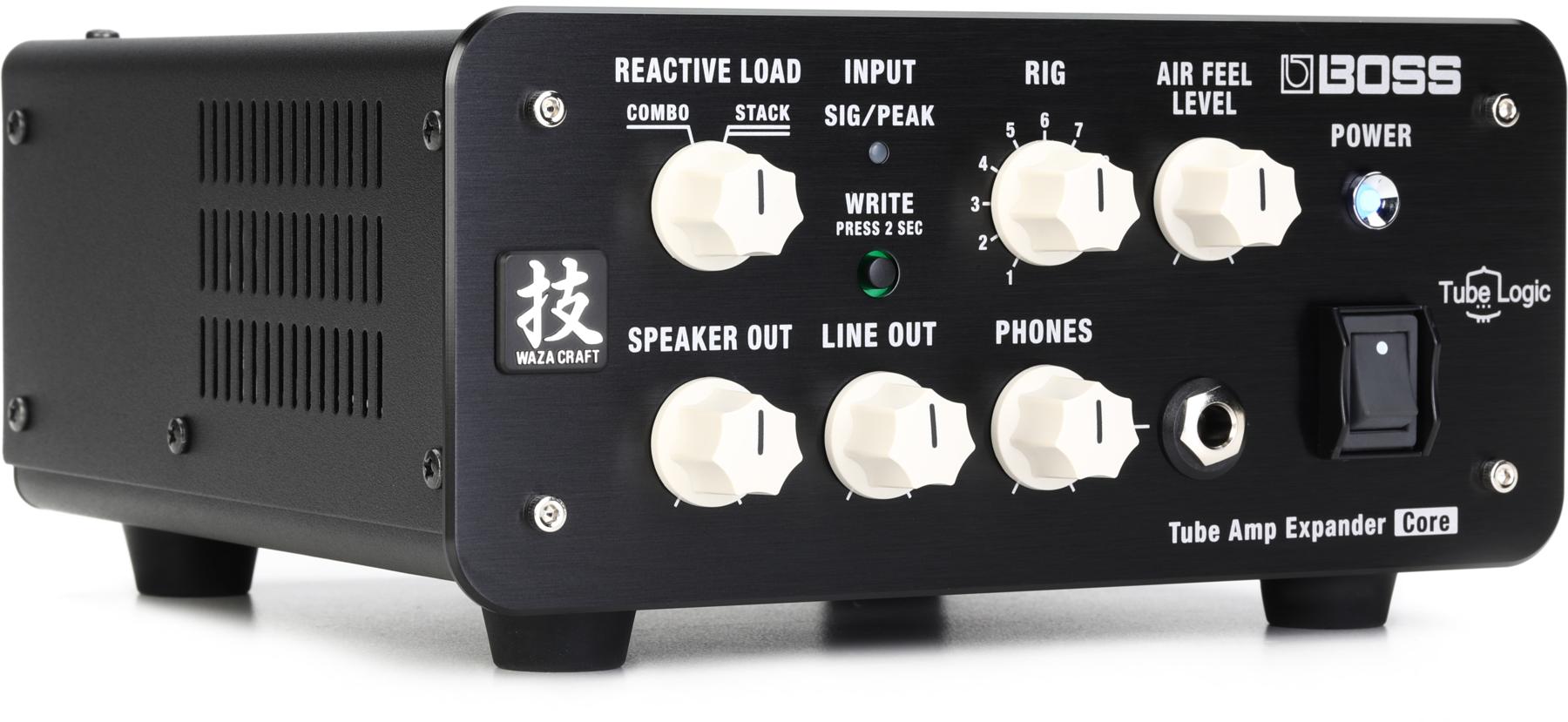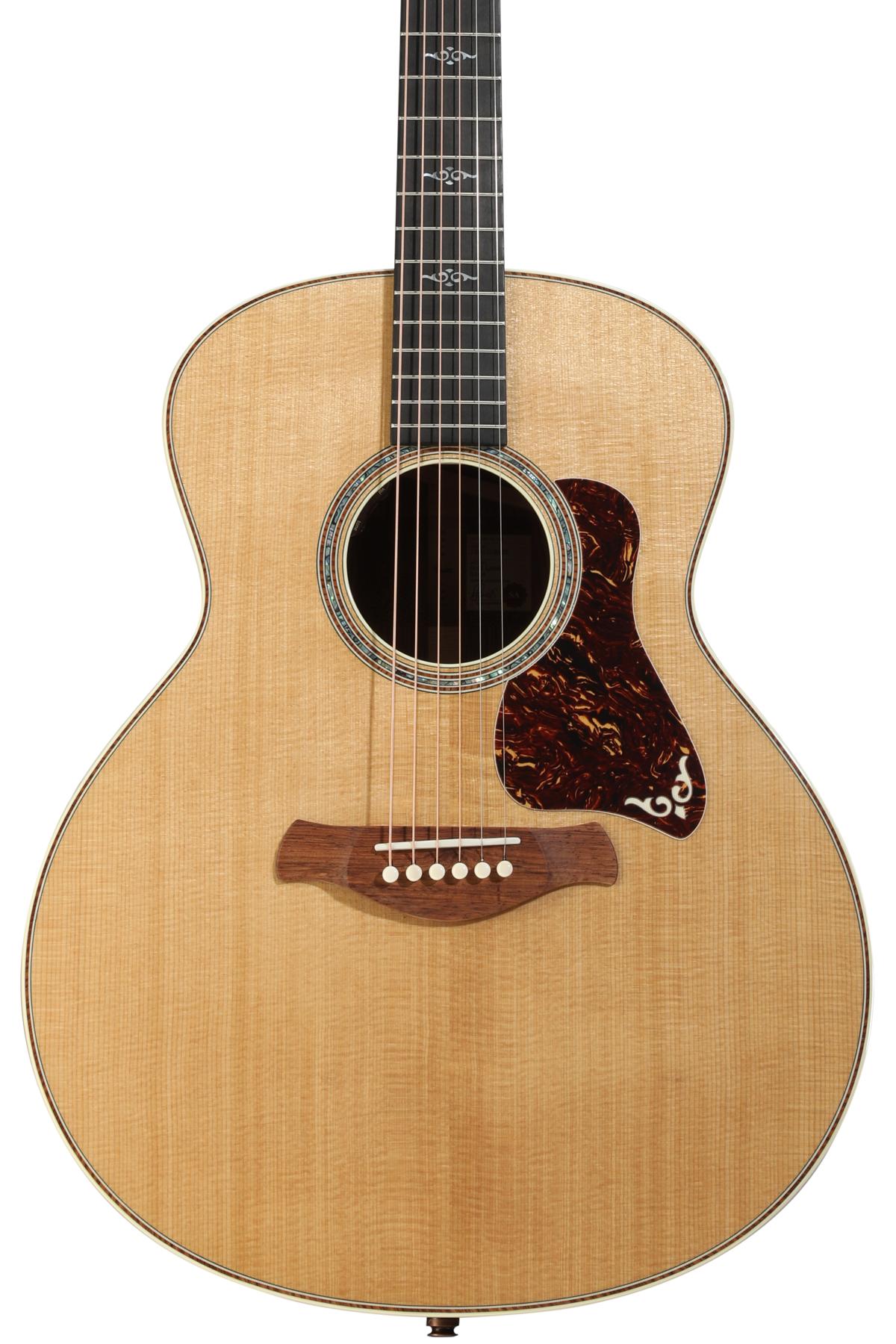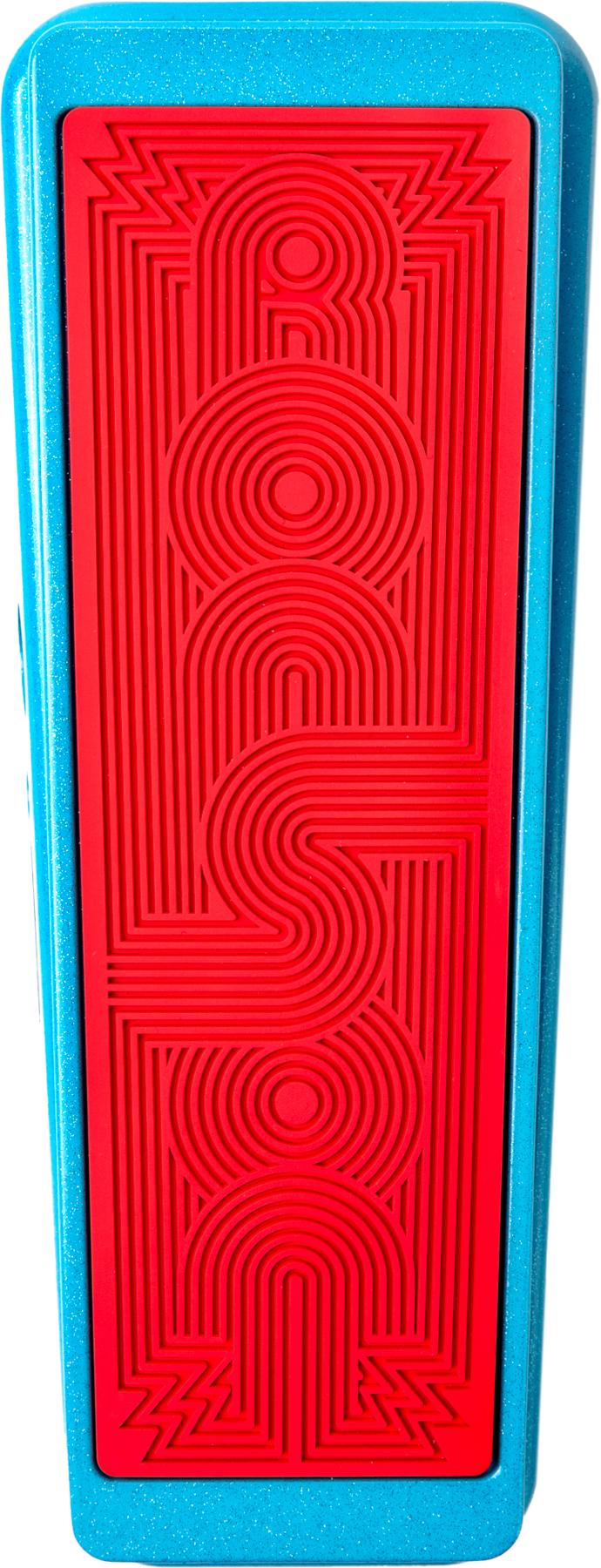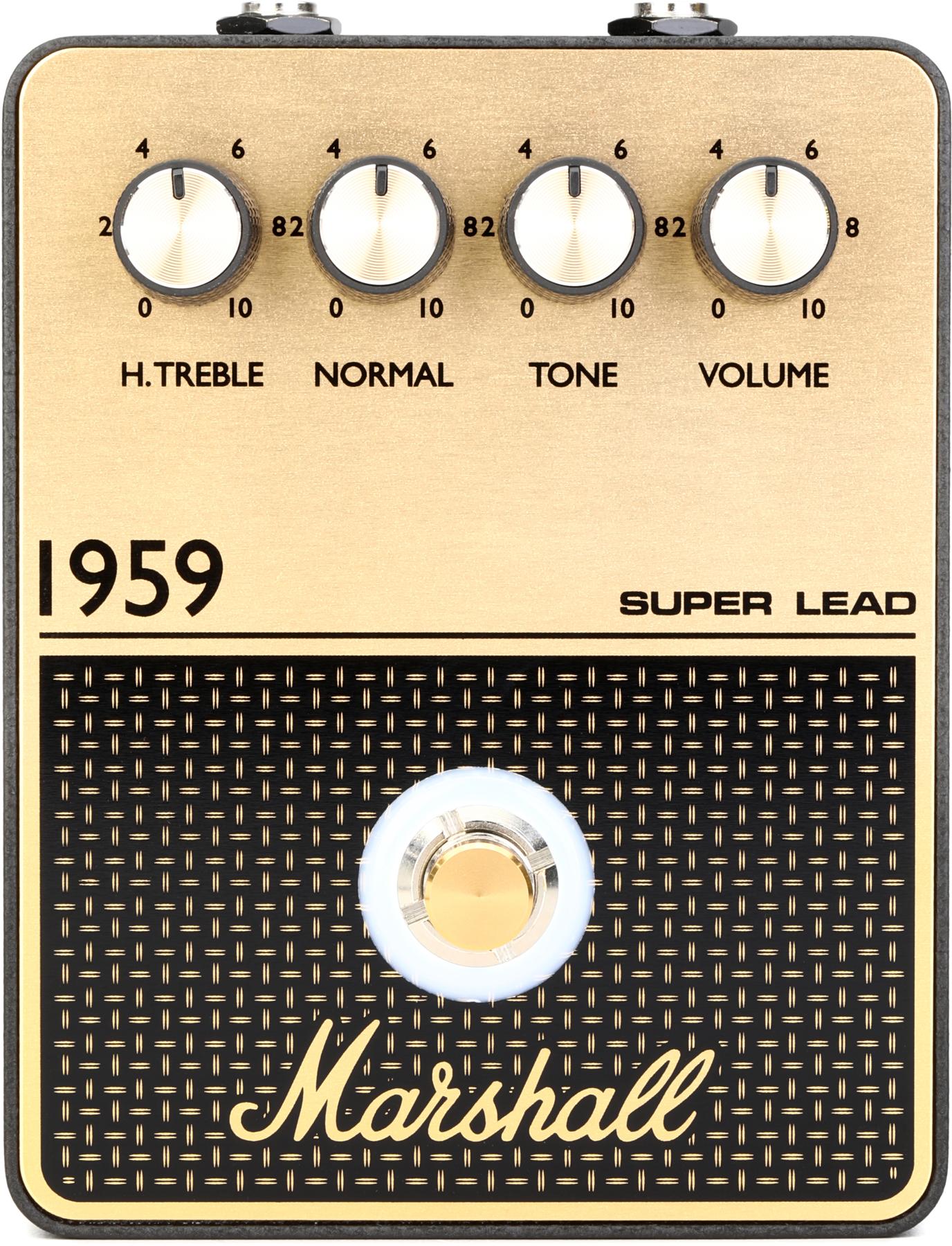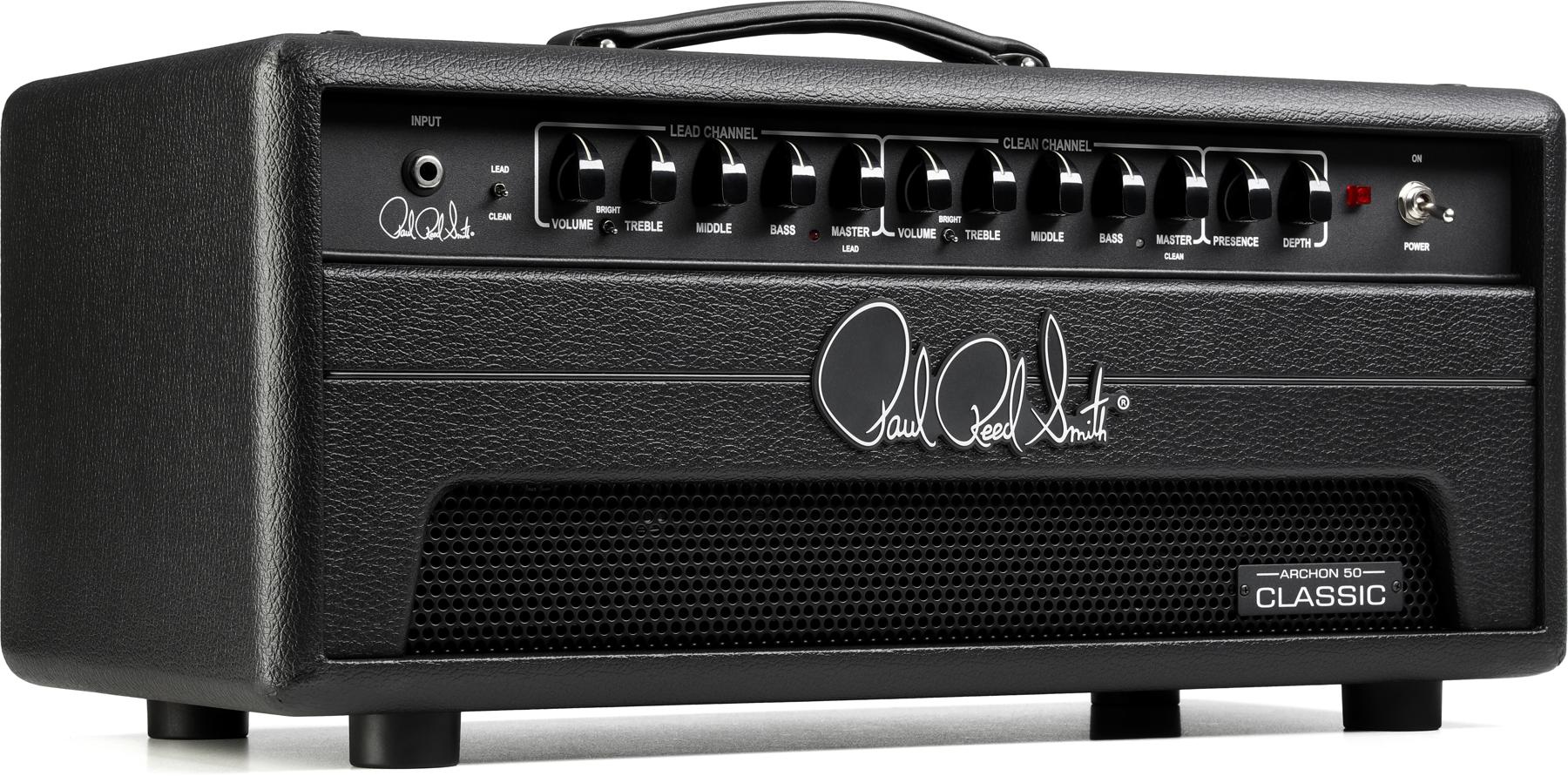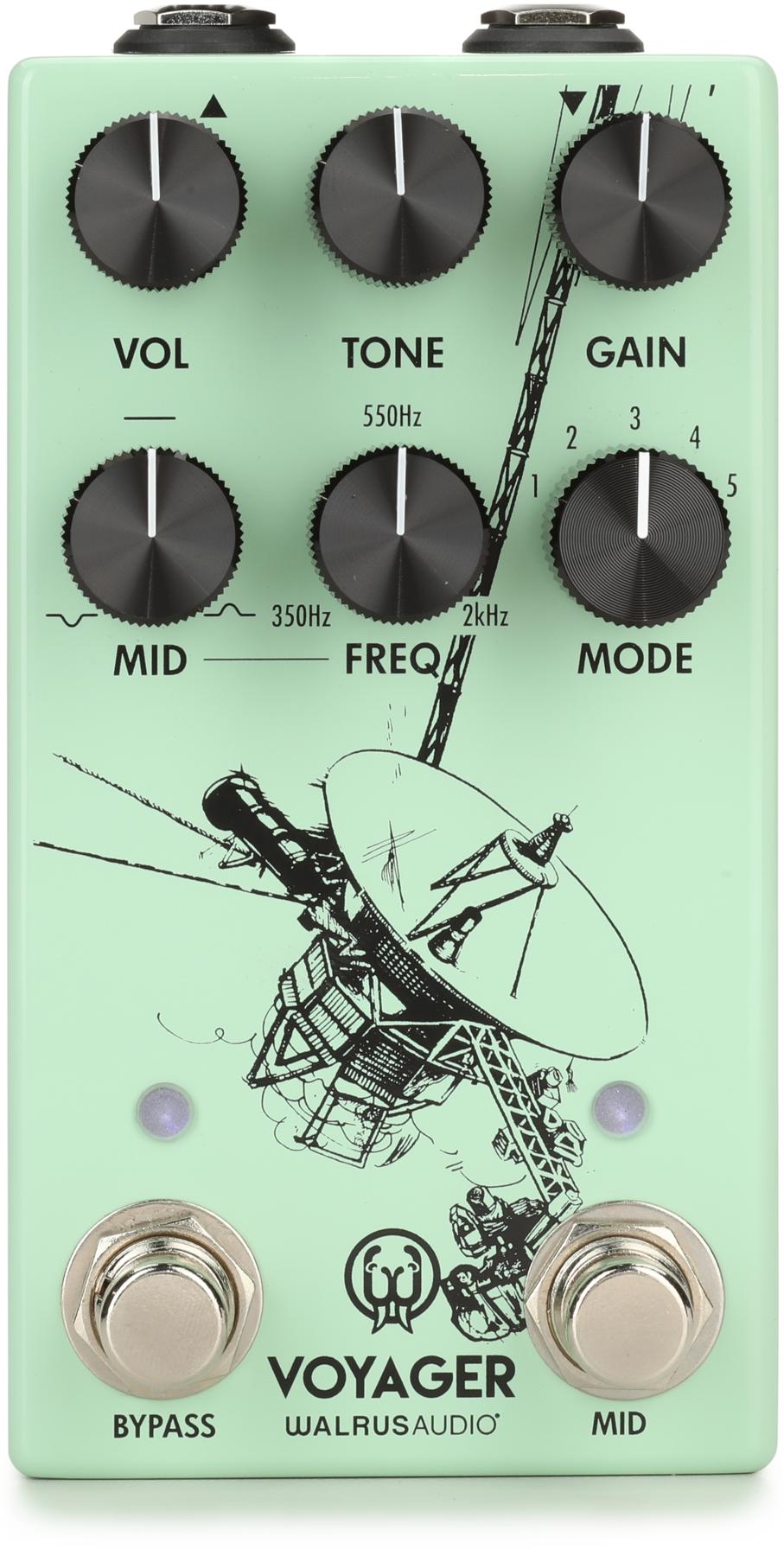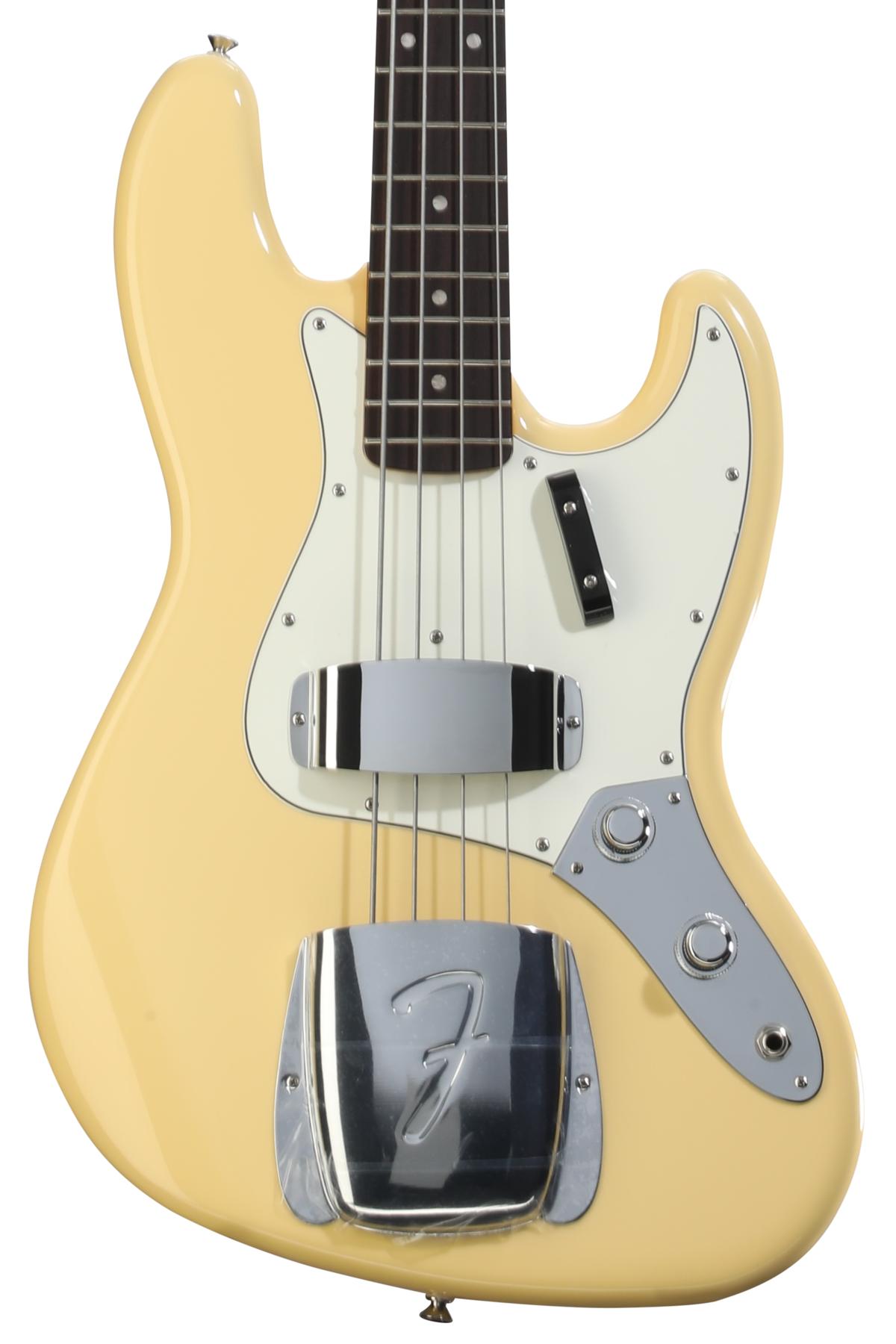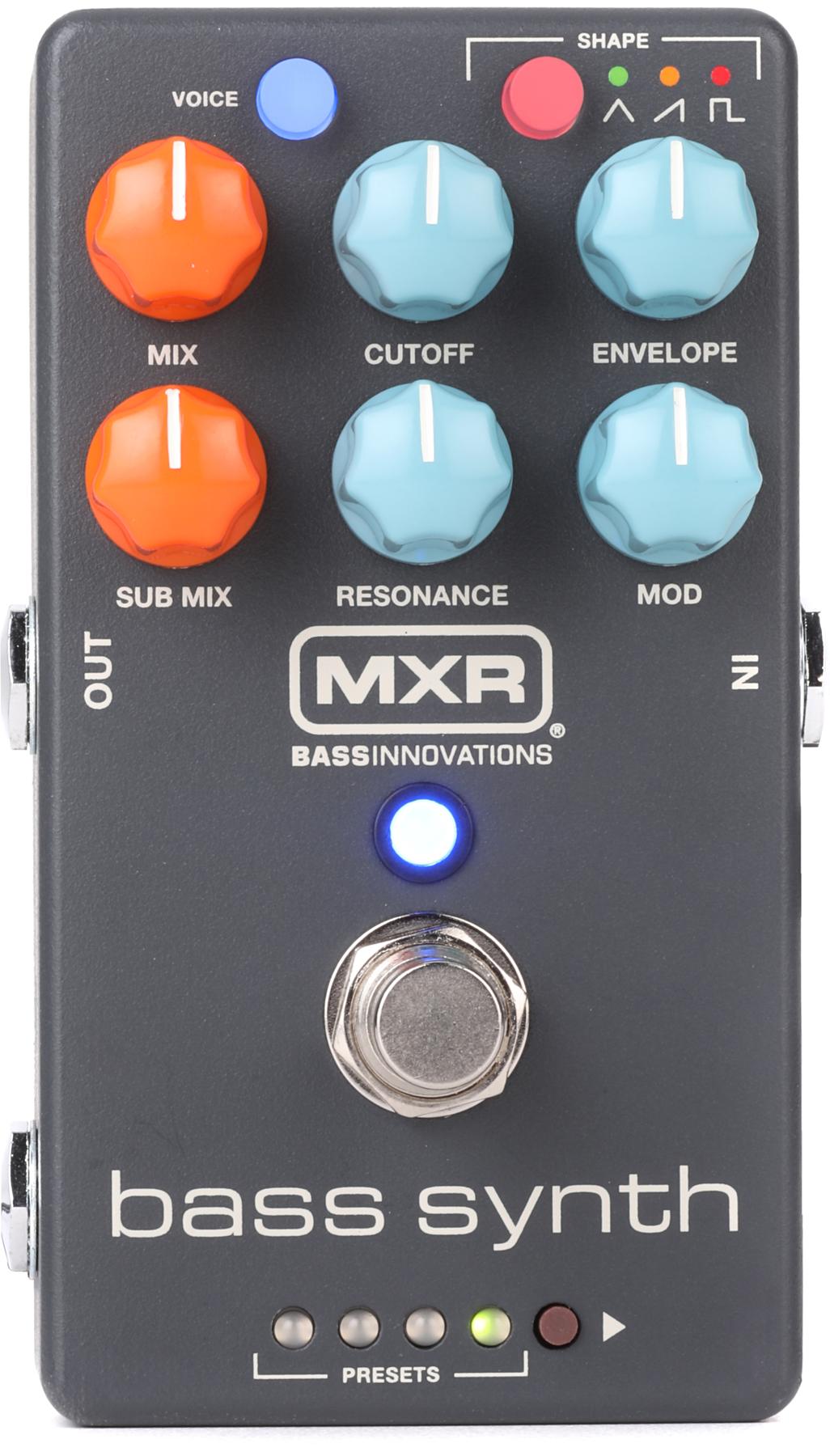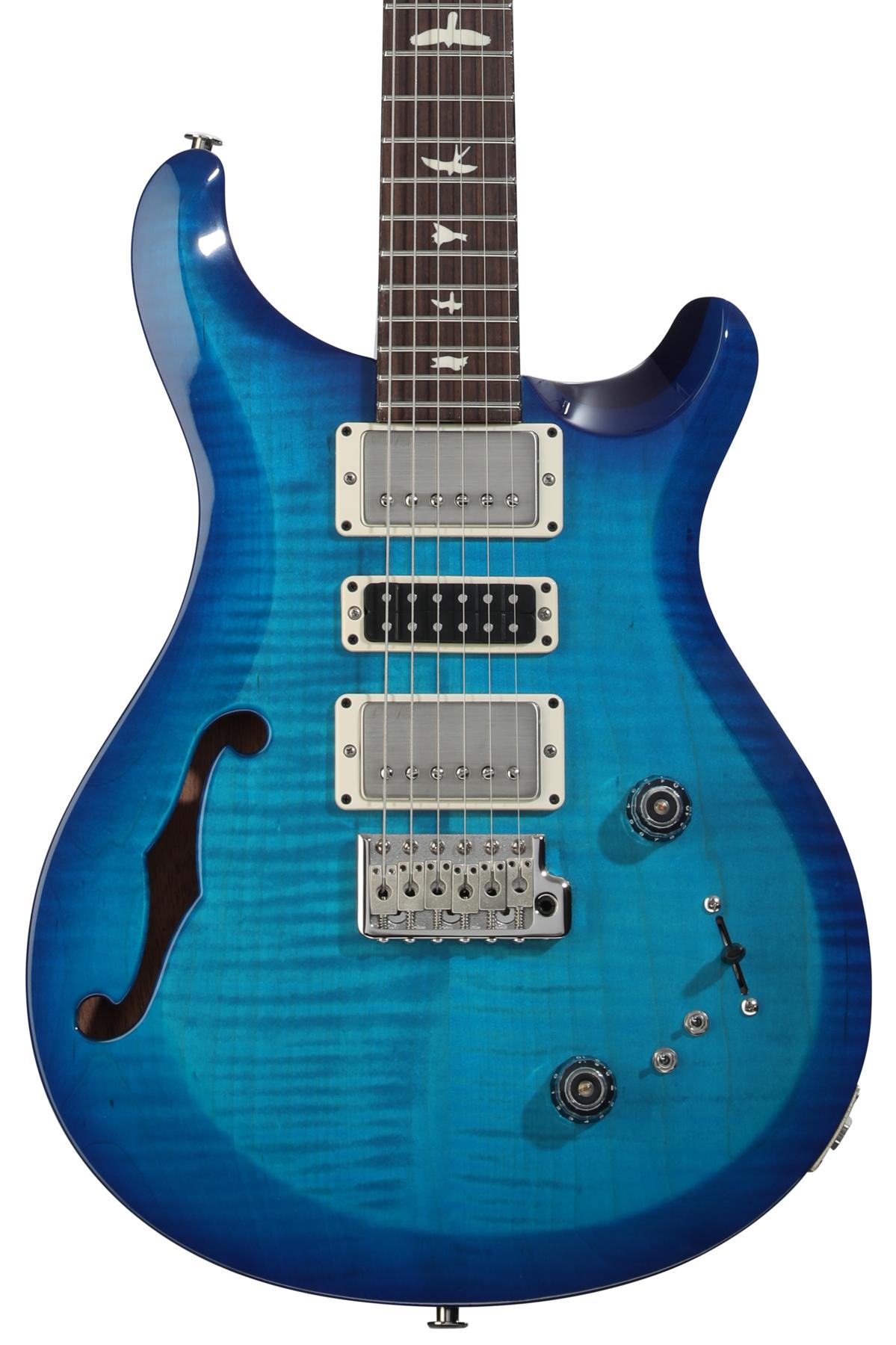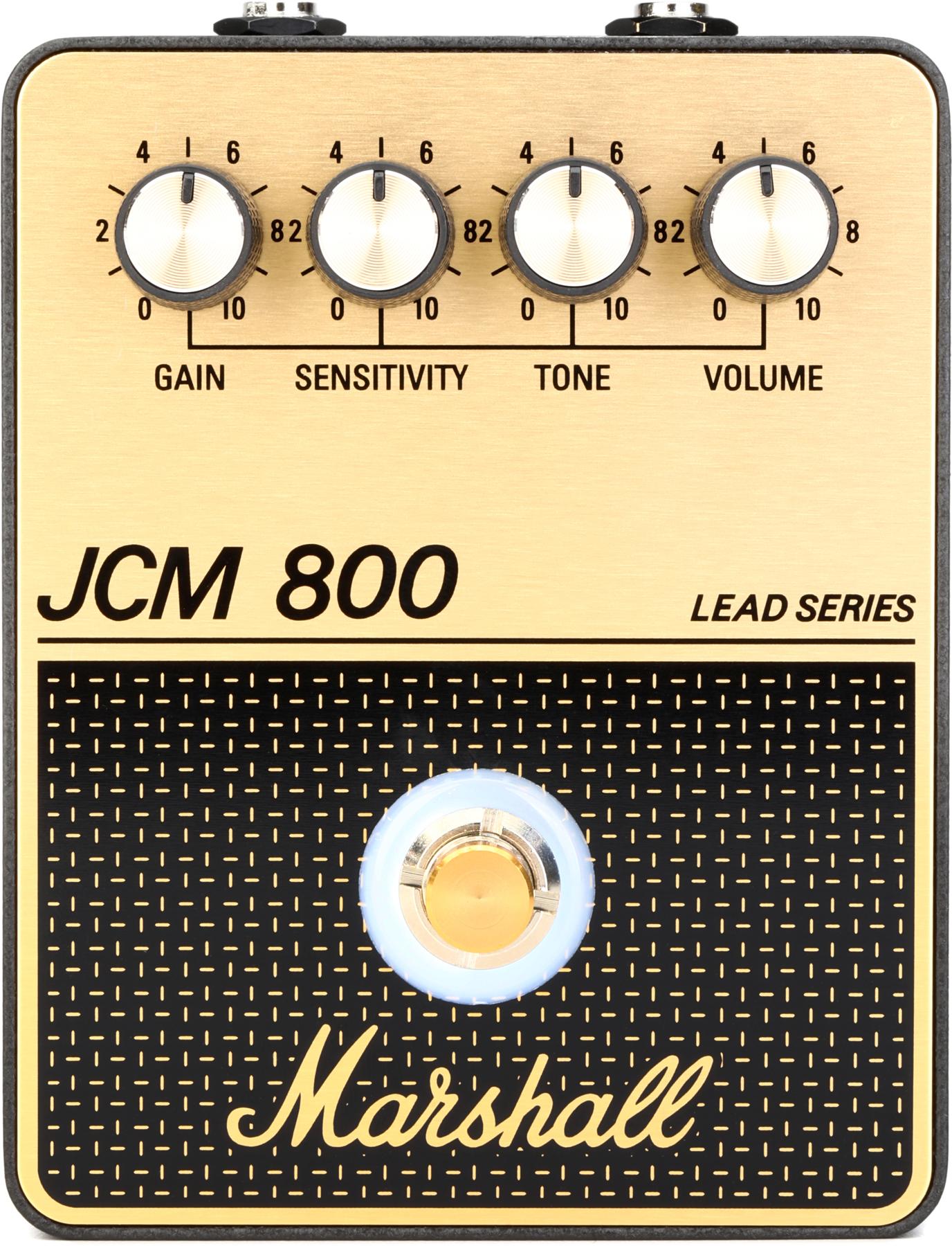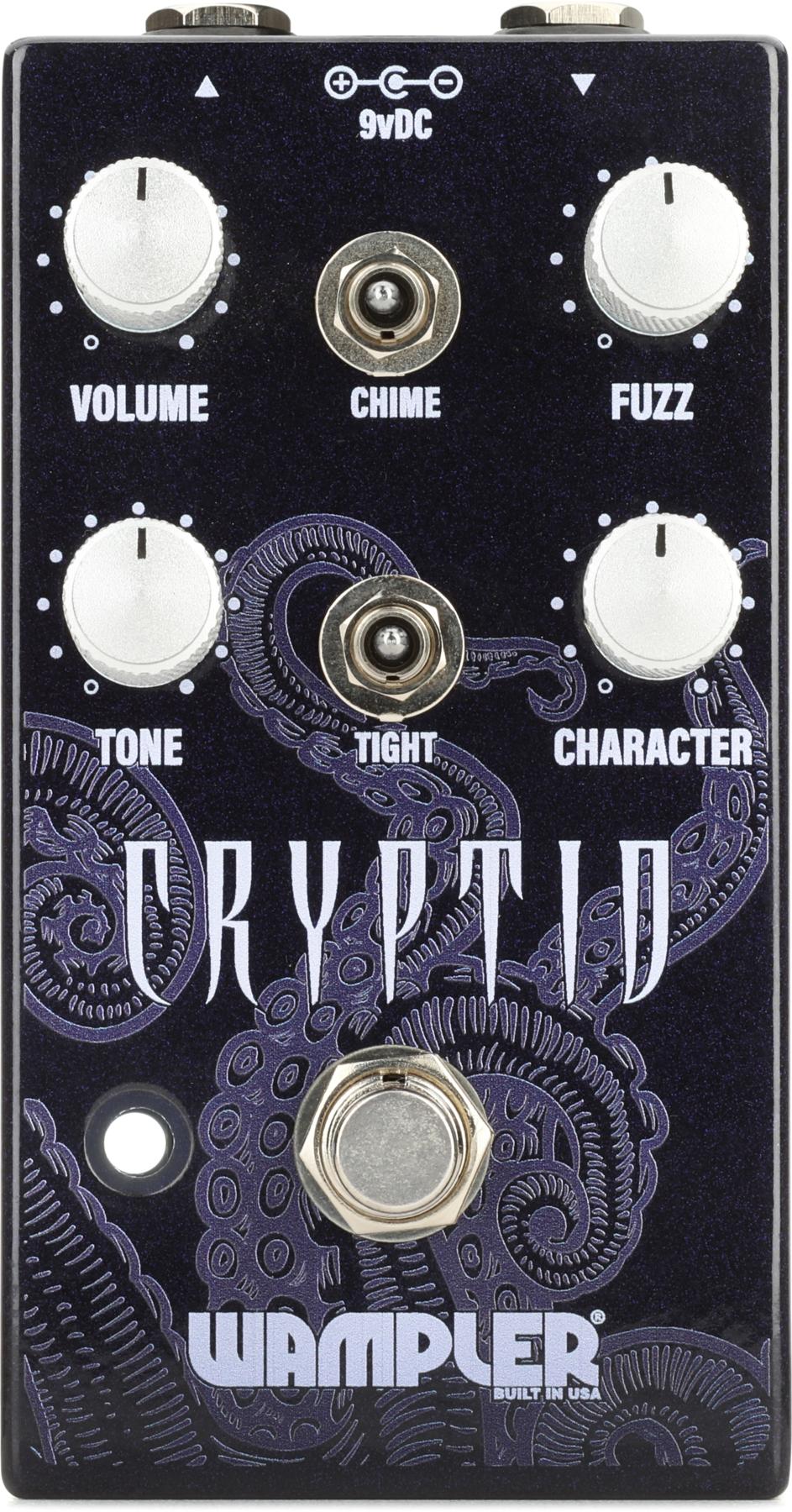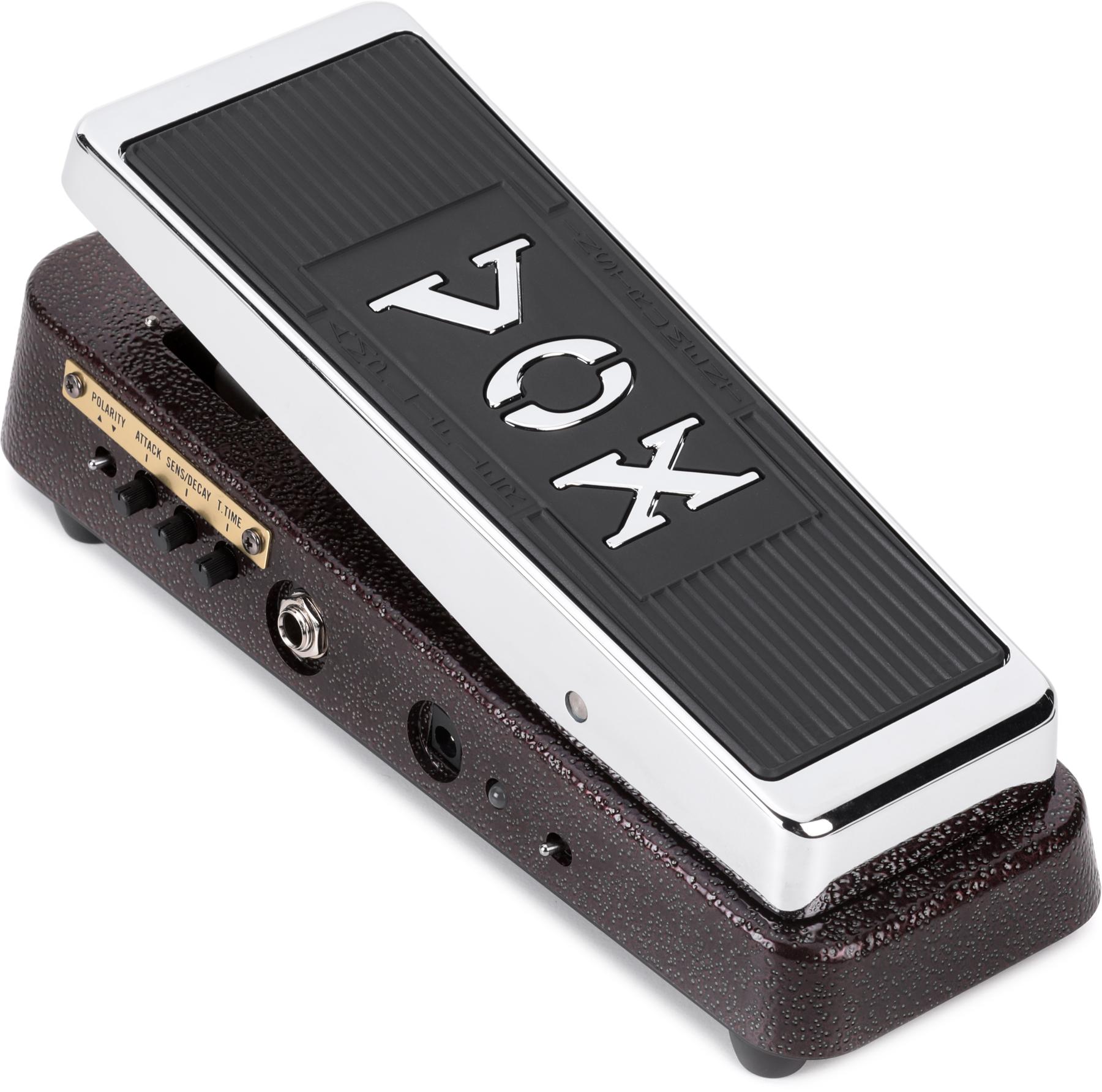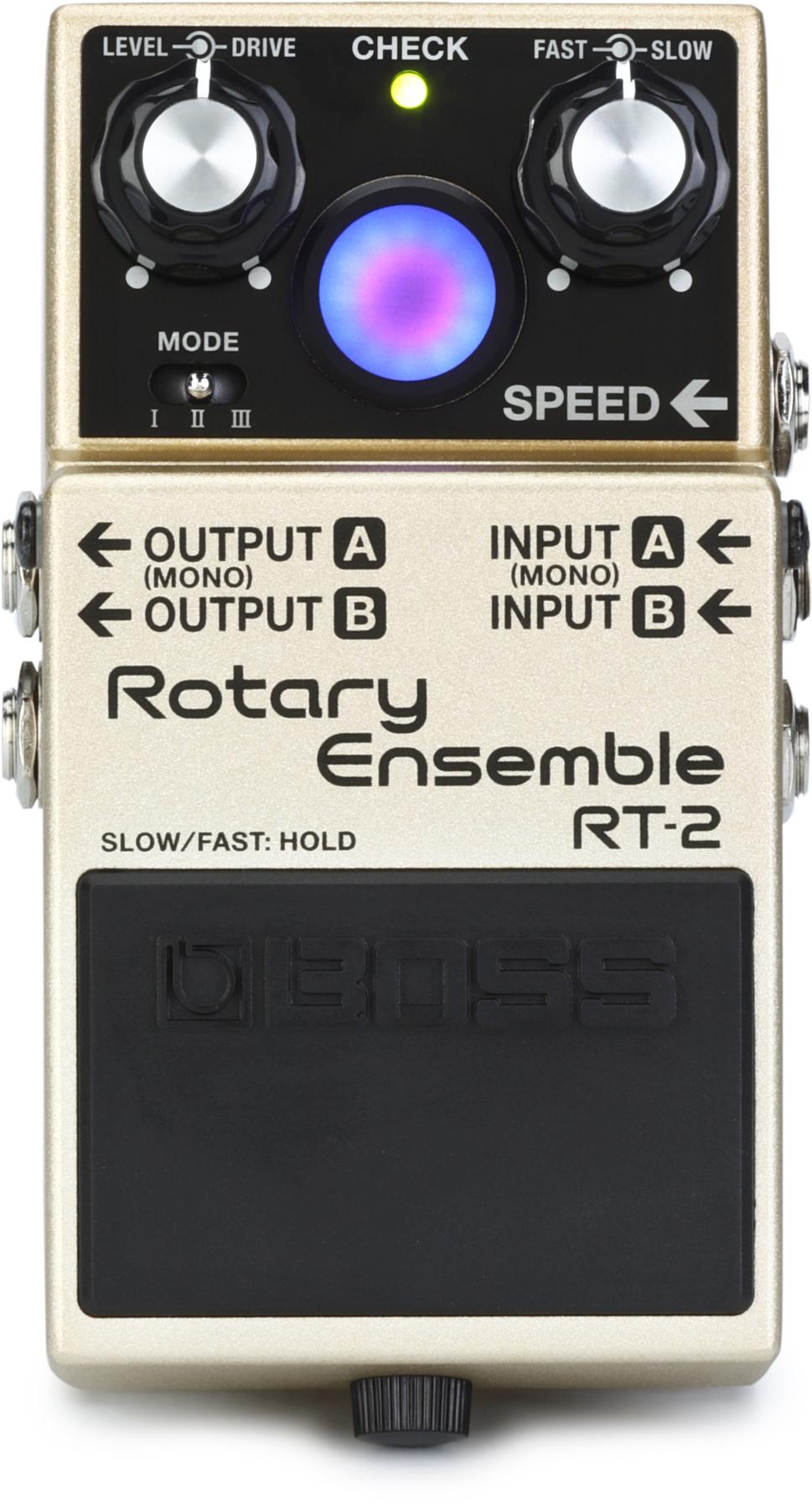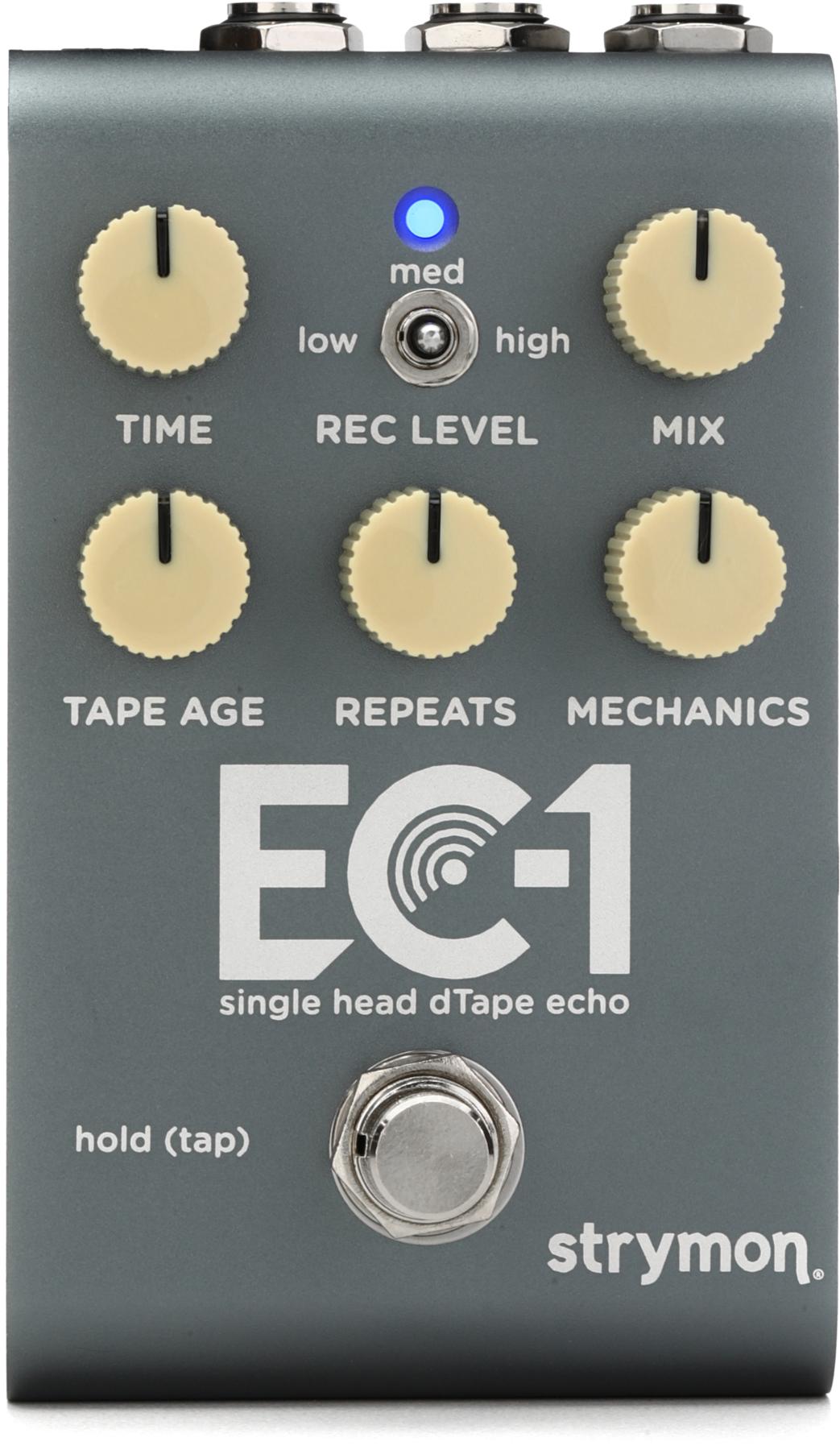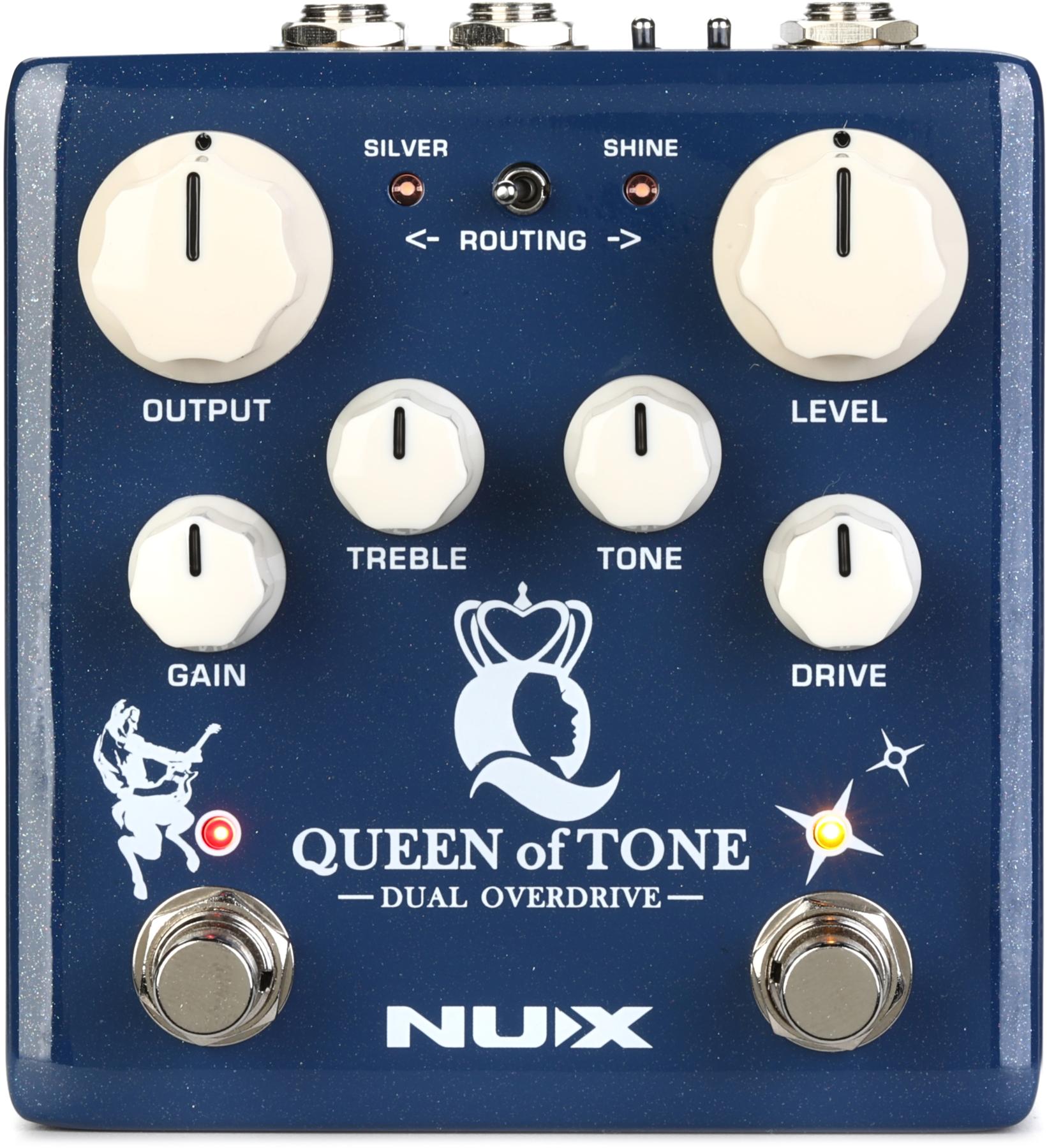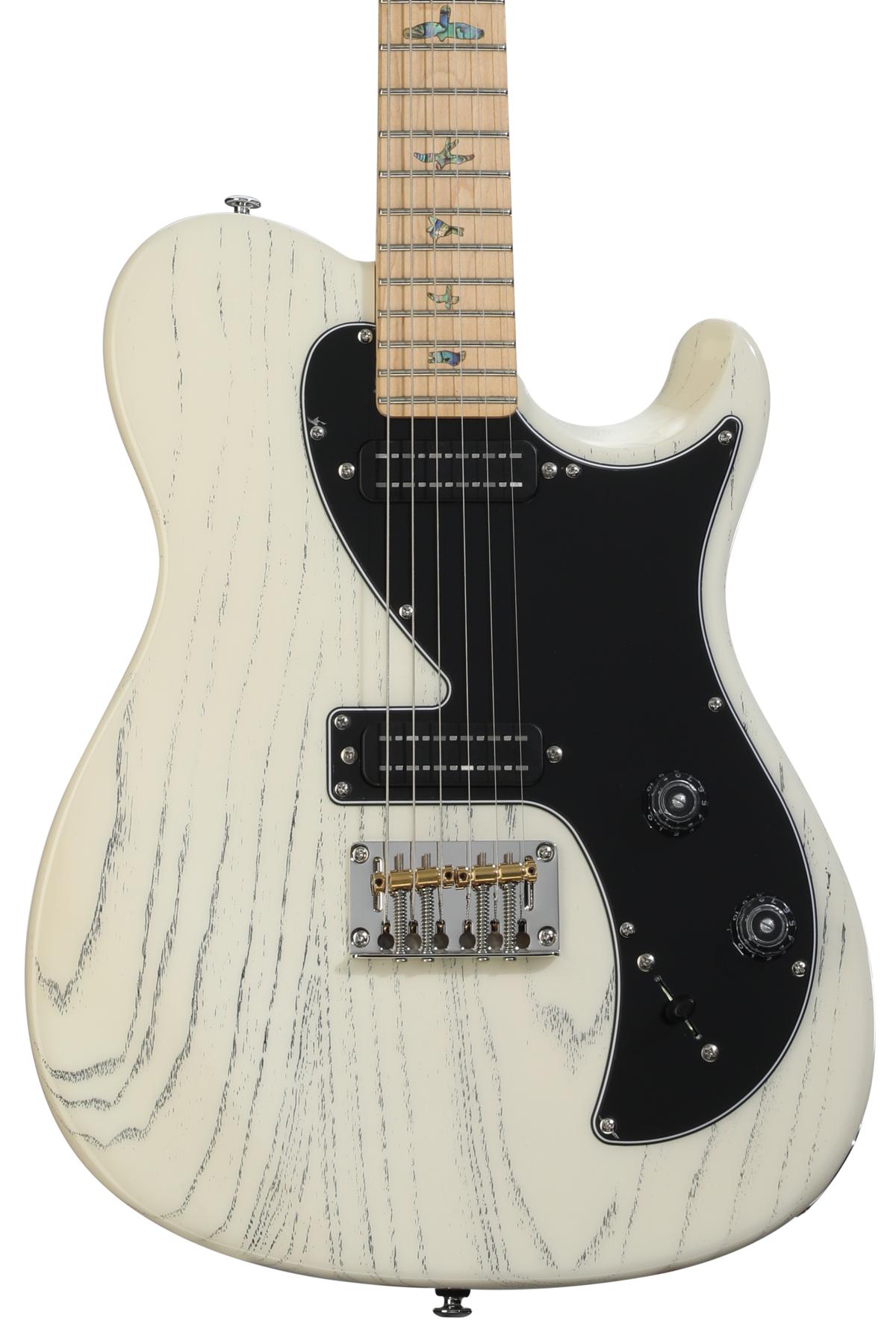Hey Zach,
I have one of these really cool Kustom
amps (at least I think they’re cool),
and I’ve always been curious about
what the “100” on the front and “7”
on the back indicate. It seems that no
two Kustom amps are the same. Why
is this and what are these worth today?
Thanks,
Bill in Jacksonville, FL
Hey Bill,
Don’t let anyone tell you otherwise—
Kustom amps are way cool. Many players
think these amps sound great, and bands
such as Jefferson Airplane and Creedence
Clearwater Revival used them heavily in the
1970s. Kustom amps are important because
the company really pushed the envelope
with unique cosmetics and offered virtually
endless options. But more importantly,
Kustom, along with Acoustic and Standel,
were the first manufacturers to successfully
build and market solid-state amps when the
technology was new in the 1960s.
Bob Ross founded Kustom in Chanute, Kansas, in 1965. His amps immediately stood out because of their “tuck-and-roll” covering made from a material called Naugahyde, a vinyl-coated fabric that feels like squishy plastic. And Kustom offered this unusual covering with the option of seven sparkly colors: black, blue, cascade (blue/green), charcoal, gold, silver, and red.
If you ever have a chance to see a vintage Kustom catalog, you’ll instantly realize why every Kustom amp appears to be different— the company offered nearly every possible configuration you could think of. Endless options are great, but trying to differentiate and identify Kustom amps can be extremely frustrating because three different sets of identification numbers were used: series numbers, model numbers, and catalog numbers.
Series numbers are usually found on the front of the amp—under or behind the Kustom logo—and consist of values like 25, 50, 100, 200, and higher. Generally speaking, these numbers indicate the amount of power multiplied by two. For example, a 200 series amp means 100 watts of power. Model numbers are normally found on the serial-number plate located on the back of the amp, and they range from 1 to 8. The model number indicates the chassis used—with a higher number denoting more features—and repairmen relied on these numbers to know what chassis they were working on. Lastly, the catalog numbers were used in price lists and catalogs so a customer could order the exact amp he or she wanted.
These catalog numbers typically followed a number/letter format of X-XXL-X. The first number indicated the number of speakers [usually 1-4], the next two numbers indicated the size of the speakers [10, 12, 15, etc.], while the lone letter represented the brand of speaker [A for Altec Lansing, C for CTS, J for Jensen, and L for JBL]. Finally, the last number in the sequence indicated the aforementioned model number. Still with me?
So, the “100” on the front of your Kustom tells us it’s a 100 series amp and has an approximate output of 50 watts. The “7” on the back means it has a model 7 chassis, which includes reverb, vibrato, and tremolo (the controls on the front also confirm this). Unfortunately, since we don’t have the catalog number (catalog numbers only appeared in catalogs and not actually on the amps), the only way to determine what speakers your amp is equipped with is to disassemble it.
Without knowing the
catalog number, the only way to determine this K
100’s speaker setup
is to remove the back panel.
As mentioned previously, these amps used early solid-state technology and have a reputation for being built like a tank. But road wear and heavy use was typically not kind to the soft, Naugahyde tuck-and- roll covering, and many of the amps that survived over the years are in rough shape today.
Cosmetic condition is the number-one factor in determining the value of these amps, and cover color follows as a close second. Black seems to be the most common color and the other six are slightly more desirable, with gold and cascade probably the most rare. These amps also need to be in working condition, since it’s difficult to find replacement components—especially the germanium transistors. Today, your amp is worth between $400 and $500 because it still works, has the more desirable blue covering, and the covering is in good condition. If nothing else, it’s a treasure for the living room!
 Zachary R. Fjestad
is author of Blue Book of
Acoustic Guitars, Blue Book
of Electric Guitars, and Blue
Book of Guitar Amplifiers.
For more information, visit
bluebookinc.com or email
Zach at guitars@bluebookinc.com.
Zachary R. Fjestad
is author of Blue Book of
Acoustic Guitars, Blue Book
of Electric Guitars, and Blue
Book of Guitar Amplifiers.
For more information, visit
bluebookinc.com or email
Zach at guitars@bluebookinc.com.




















